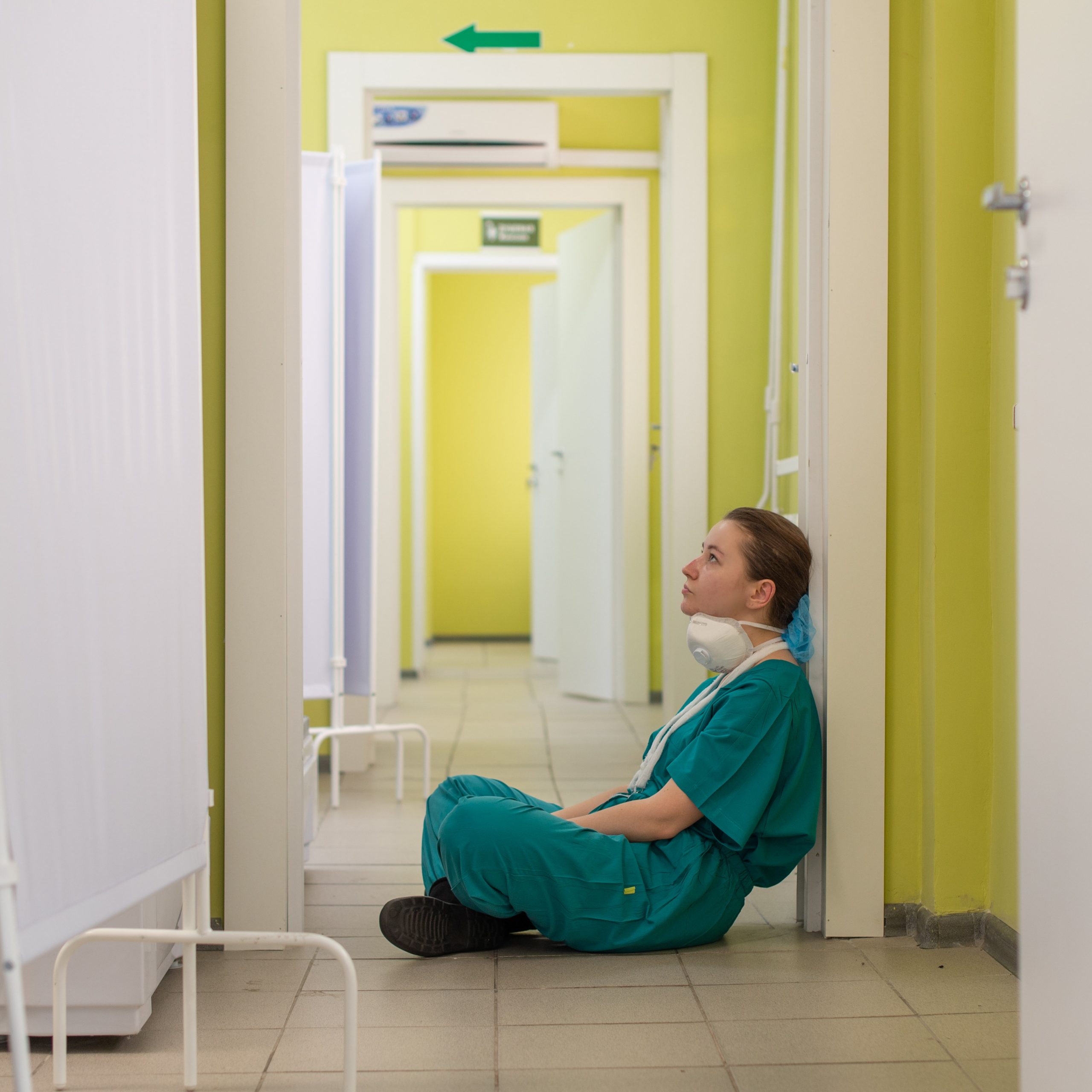In October, year-over-year US inflation hit a 30-year-high, climbing 6.2% compared to October last year. The historic rise was the doing of the pandemic, which brought the global supply chain to a halt, forced millions out of jobs, while demand continued to soar.
Still, investors were optimistic given the rapid increase in COVID-19 vaccinations, ports and factories opening, and the economy gradually, but finally, adjusting to the new normal and recovering to its pre-pandemic health.
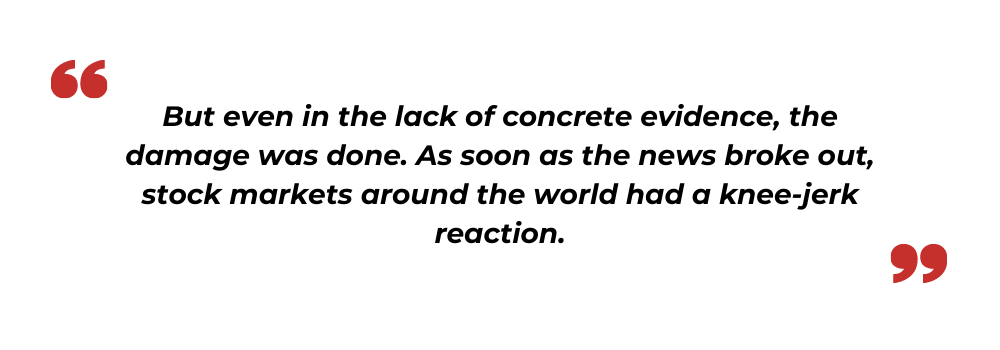
However, the recent emergence of the newest variant of the coronavirus could halt and even reverse the recovery. As soon as the World Health Organization (WHO) declared the Omicron variant a ‘variant of concern,’ countries hastened to impose travel bans and strict testing on travel from South Africa—the region where the first sample was detected. Just a few days ago, the variant was discovered in a handful of countries, like South Africa, Australia, and Belgium. As of writing this sentence, the variant has also been detected in Canada, Israel, Hong Kong, Italy, Germany, and over 20 more countries.
Can the world afford another lockdown?
‘Worst one-day decline since October 2020’
On November 26, WHO declared the newest variant of the coronavirus, B.1.1.529, a ‘variant of concern.’ The variant, called Omicron, is the fifth we have detected and the most mutated to date.
Omicron has some similarities with the Delta variant. But add to that the extra mutations, and we could have an even more dangerous virus. However, nothing of the sort has been confirmed. According to WHO’s report, the virus poses an increased risk of re-admission. But the evidence is preliminary. Hospitalizations have increased in South Africa, but it is not clear whether to which variant must the cases be attributed. It is also not clear whether Omicron is more resistant to vaccine- or naturally induced immunity.
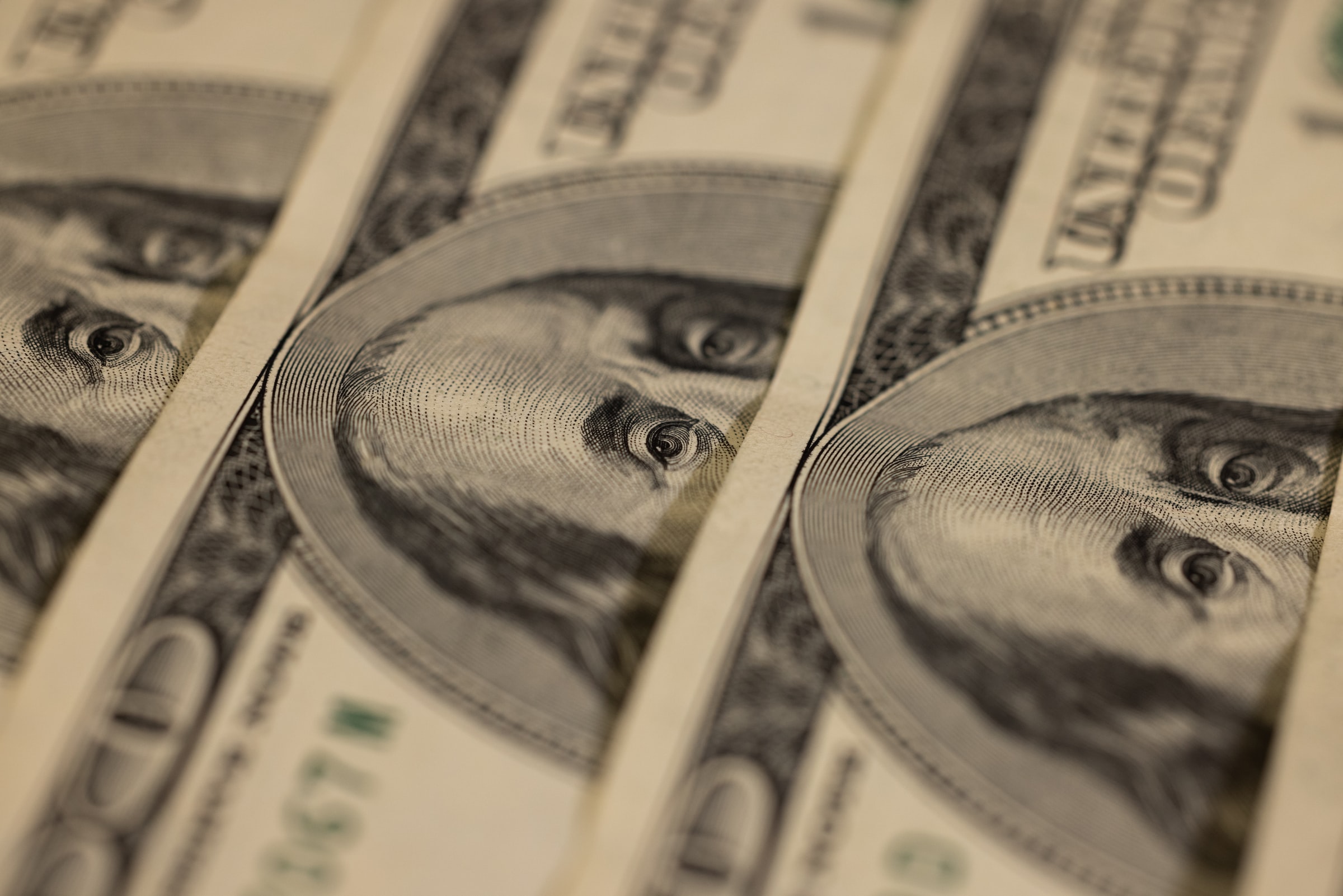
The truth is, getting to the truth will take time. Perhaps days or even weeks. In fact, Dr. Angelique Coetzee, the South African doctor credited with spotting the new variant, told the BBC that patients of Omicron exhibited ‘extremely mild symptoms’—something three if not two doses of COVID-19 vaccinations should be able to deal with. Still, Coetzee conceded that the patients were young, and Omicron’s impact on a more vulnerable population is unclear.
But even in the lack of concrete evidence, the damage was done. As soon as the news broke out, stock markets around the world had a knee-jerk reaction. On November 26, Friday, the Dow Jones Industrial Average went down 2.5%, the lowest since October last year. The S&P 500 declined 2.3%, the worst one-day decline since March, when the Delta variant was first identified in the US.
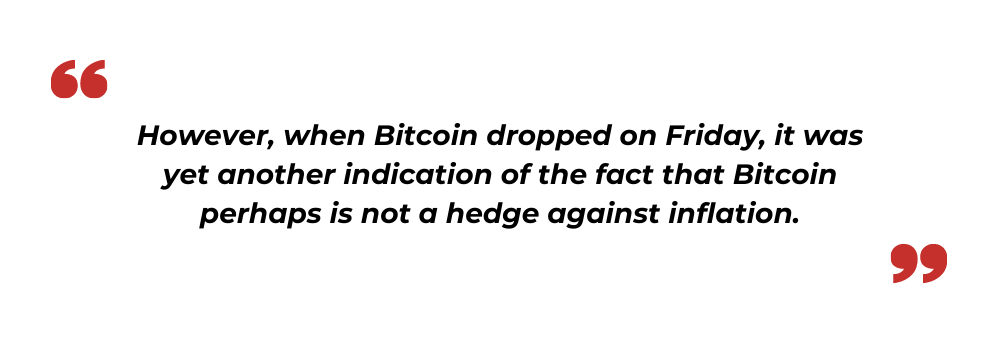
Flashes of 2020 came back as airline, oil, and travel stocks went down. Even stalwarts like American Airlines fell as much as 10%. On the other side of the Atlantic, the European stock market had its worst day in over 16 months. Long story short, it seemed that what little we had achieved in nearly a year could be undone by Omicron in mere days.
‘A cause for concern, not a cause for panic’
However, stocks made a speedy recovery on Monday after President Joe Biden urged Americans that the variant is ‘a cause for concern, not a cause for panic.’ The US has imposed restrictions on travel from South Africa and now a long list of other countries. The president also conceded that the variant could still break into the country despite the most stringent measures. Still, the president pledged not to impose any shutdowns or lockdowns.
The reassurance seems to have worked. On a broad-based rally, the S&P 500 enjoyed its largest leap in over a month, wiping out the losses in November. The Nasdaq Composite Index saw its biggest daily gain since May this year. European stocks, too, rebounded on Monday, weakening the threat to recovery.
Read more: “COVID’s Starkest Lesson”: Global Data Is Broken. Here’s How to Fix It
Unsurprisingly, healthcare stocks climbed. Amid fears of a new, perhaps more dangerous variant, Chinese vaccine producer Changqing Zhifei Biological Products Co. climbed 3% on the ChiNext Index. In the US, Moderna rose. It had to, after Paul Burton, its Chief Medical Officer, suggested that a shot for Omicron, if it eludes current vaccines, could be available by early 2022. Speed, after all, is what differentiates mRNA-based vaccines from traditional vaccines.
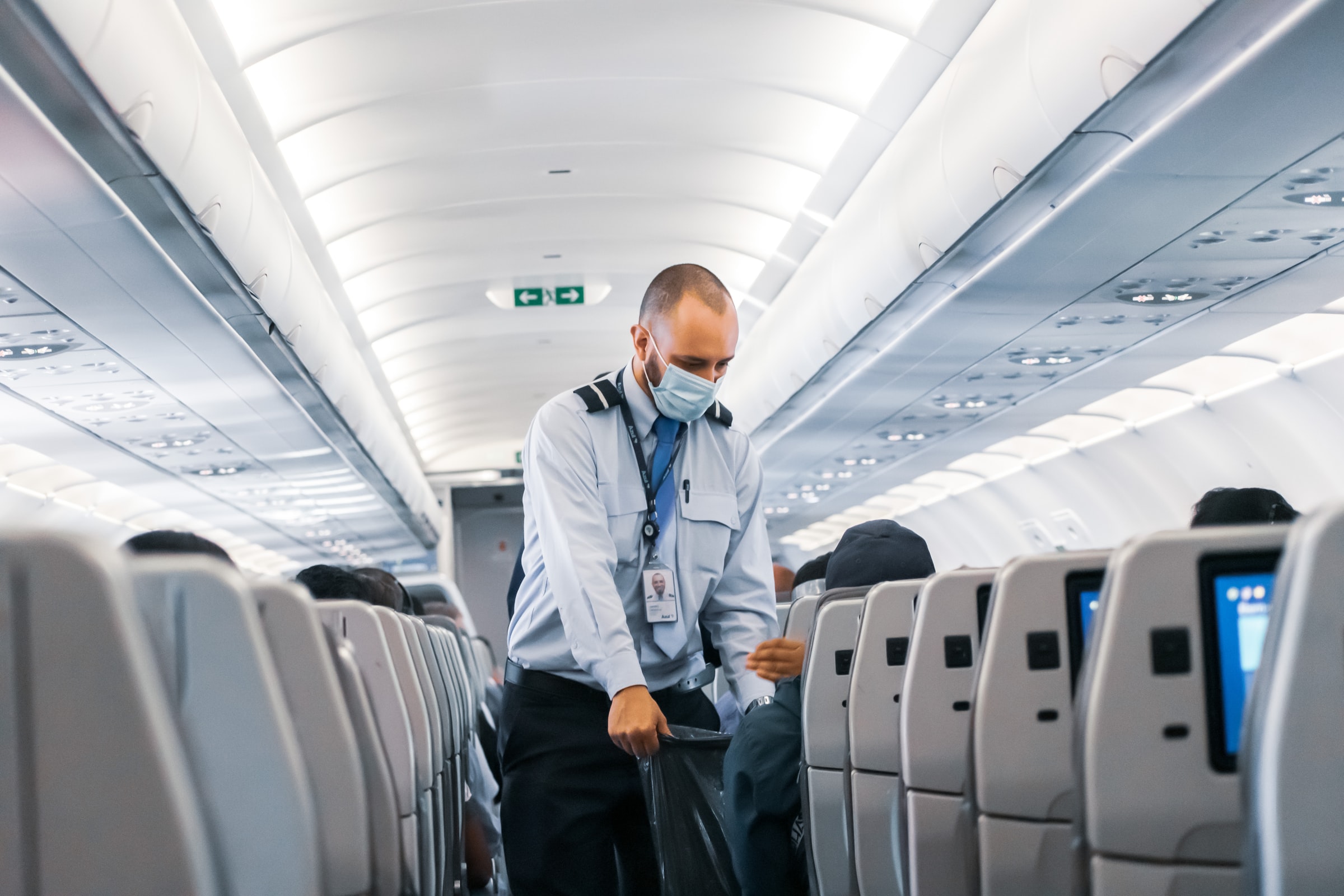
Another positive was technology. Nasdaq 100 saw gains in Apple and Microsoft. In China, renewable energy innovator Sungrow Power Supply Co. gained. Also, battery maker Contemporary Amperex Technology Co. climbed 3.3%, the biggest point contributor to the ChiNext Index. According to experts, the gains in technology and healthcare are not hard to explain: they are safe bets.
Read more: China’s Perfect Storm: Will Evergrande Swim or Sink?
Talking about safe bets, Bitcoin plunged 10% to $54,300. Only earlier in the month had the world’s most valuable cryptocurrency reached its all-time high at $69,000. However, when the coin dropped on Friday, it was yet another indication of the fact that Bitcoin perhaps is not a hedge against inflation.
Not everyone will recover
Until Omicron’s risk of re-infection and transmissibility is confirmed, it is hard to say if the recovery will be sustained and prices will stabilize.
Read more: “Most Since 2009”: How US Inflation Rose Fastest in 30 Years
Among the world’s most prominent markets, only China has seen next to no volatility. Even though Asian markets suffered, China’s market stayed resilient, with the CSI 300 down less than just 1%. Why are investors optimistic about China? Perhaps because it is best prepared for Omicron.
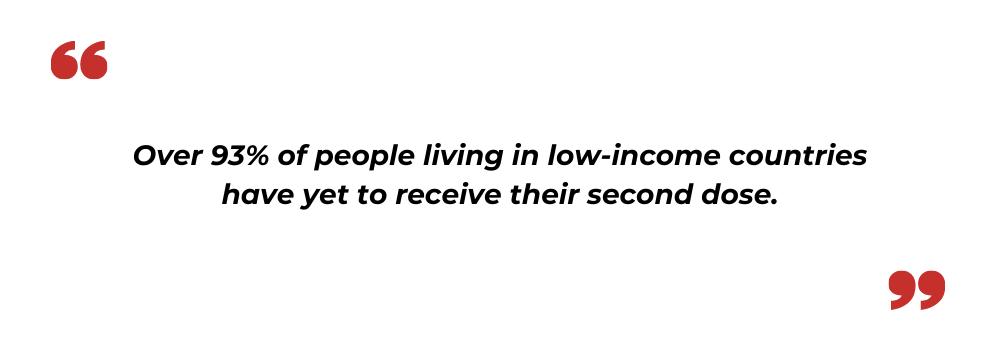
But the world is more than the US, Europe, and China. On one side, high-income countries are preparing to roll out a third, booster shot to bolster immunity against COVID-19 and variants like Omicron. On the other hand, over 93% of people living in low-income countries have yet to receive their second dose.
Read more: #COVID19: Will We Need a Third Dose of the Vaccine?
What if Omicron is indeed more dangerous, and global efforts to stop its transmission are not well-coordinated, as has been the case with every previous variant? Of course, it is the latter who will suffer most, as has always been the case.
We need to do more.
With offices in New York, Austin, Seattle, London, Zurich, Pune, and Hyderabad, SG Analytics is a leading research and analytics company that provides tailor-made insights to enterprises worldwide. If you are looking to make critical data-driven decisions, decisions that enable accelerated growth and breakthrough performance, contact us today.


